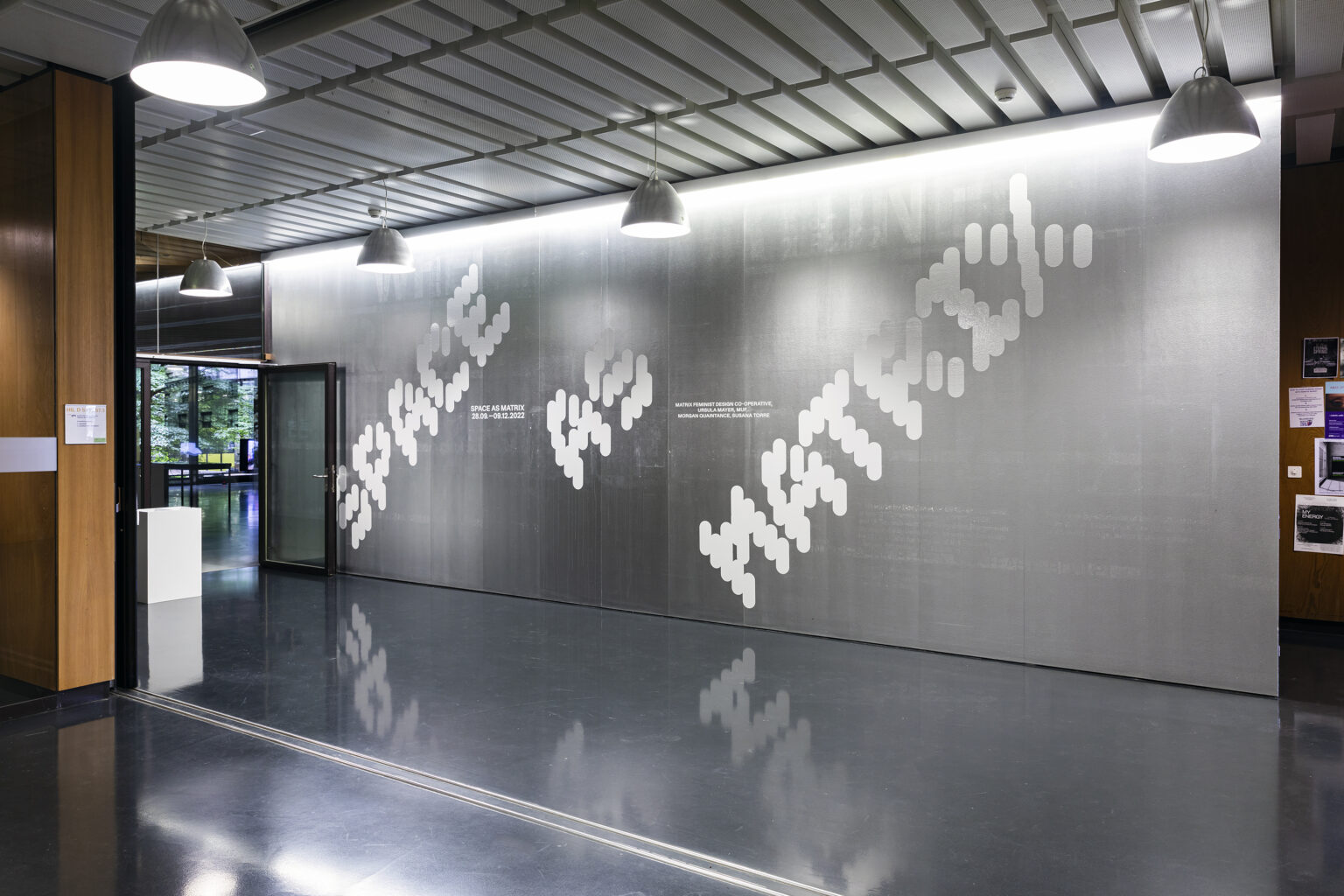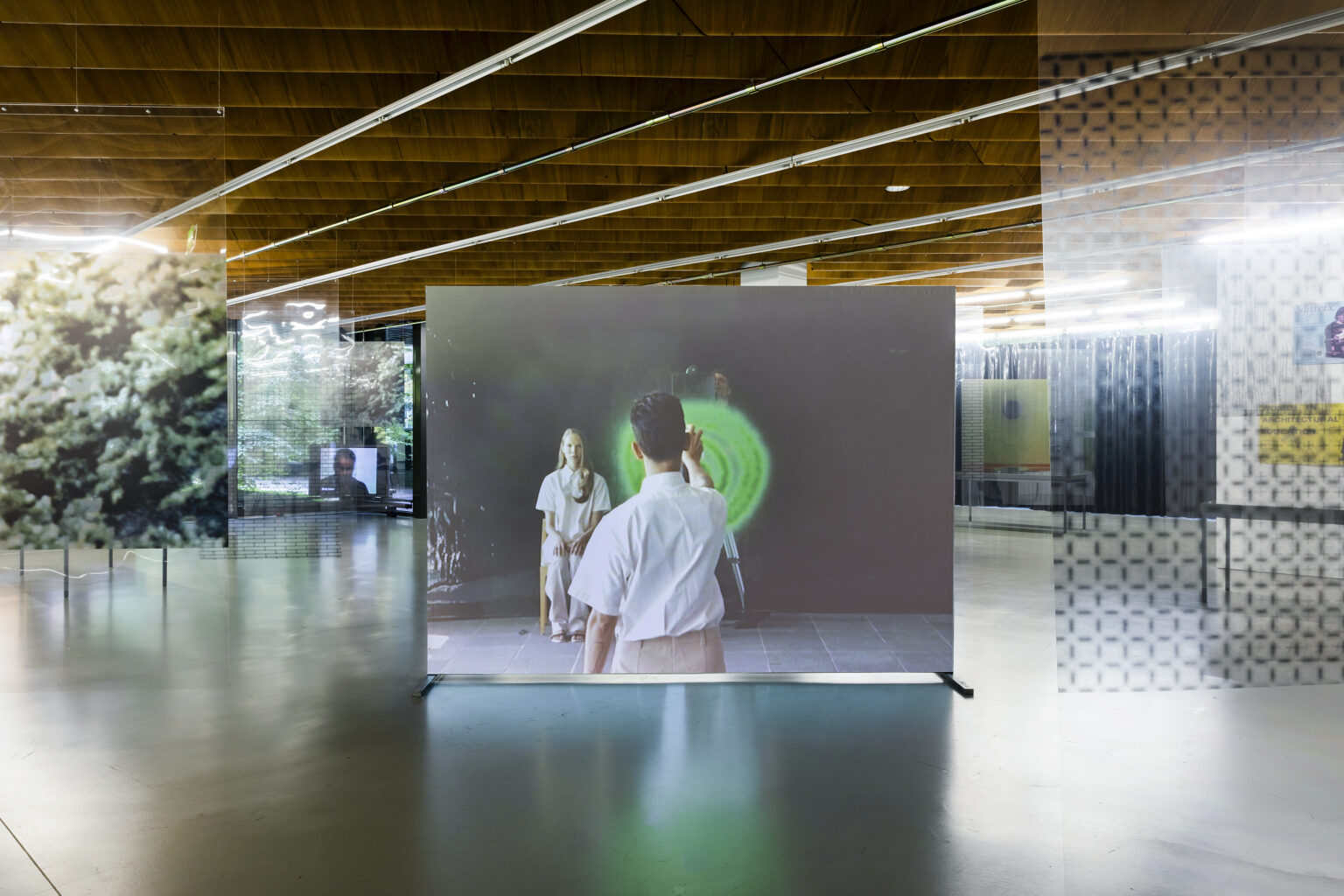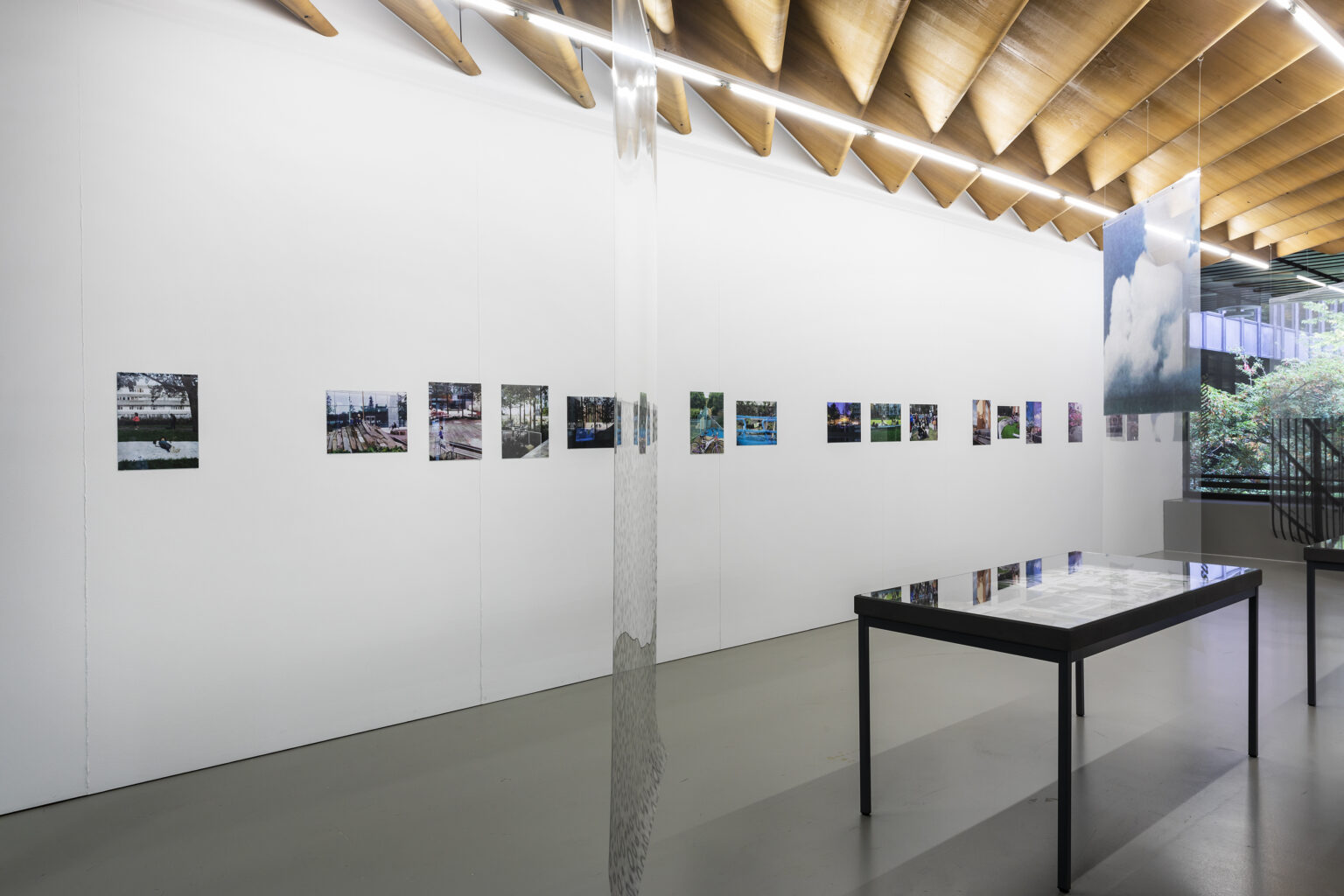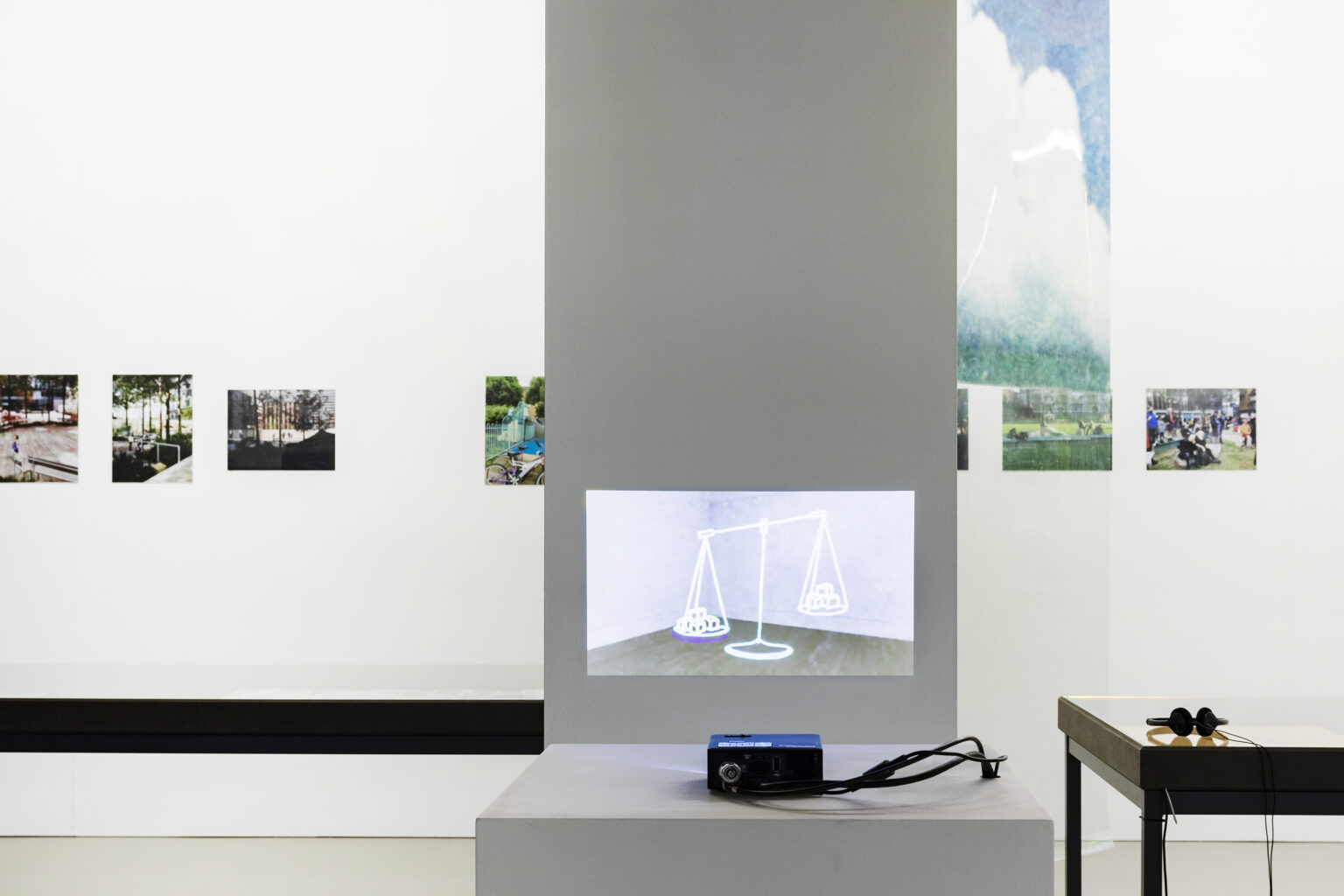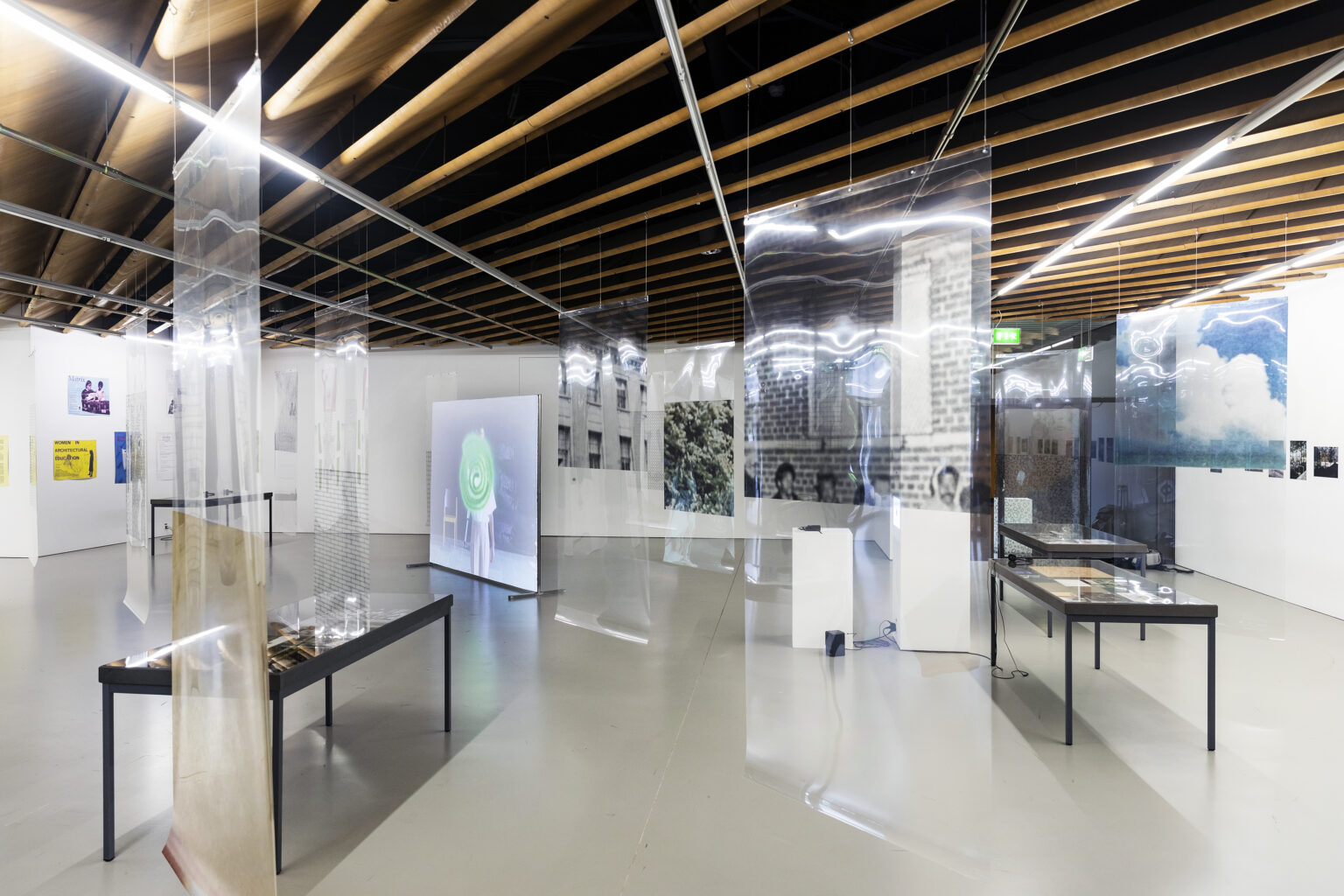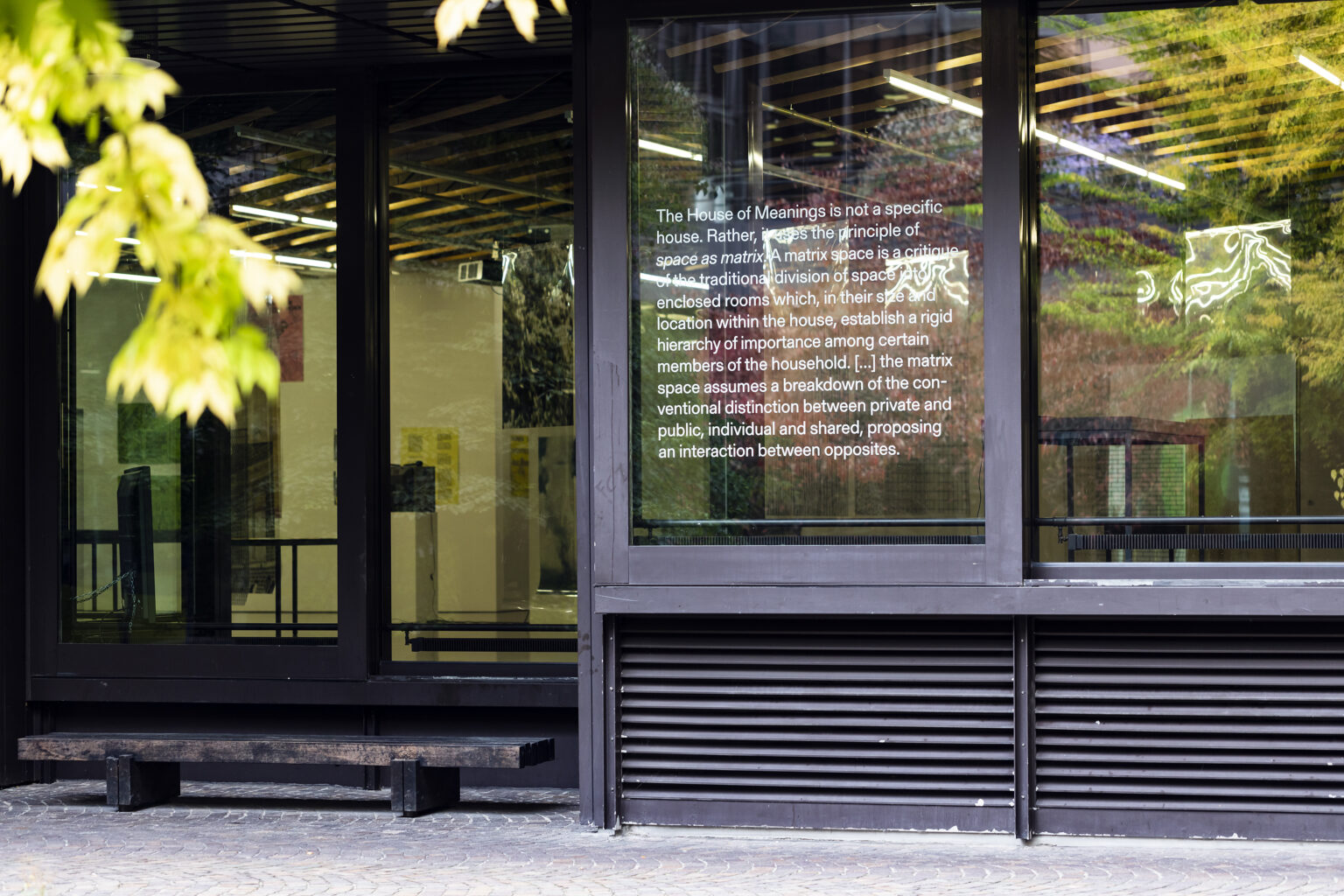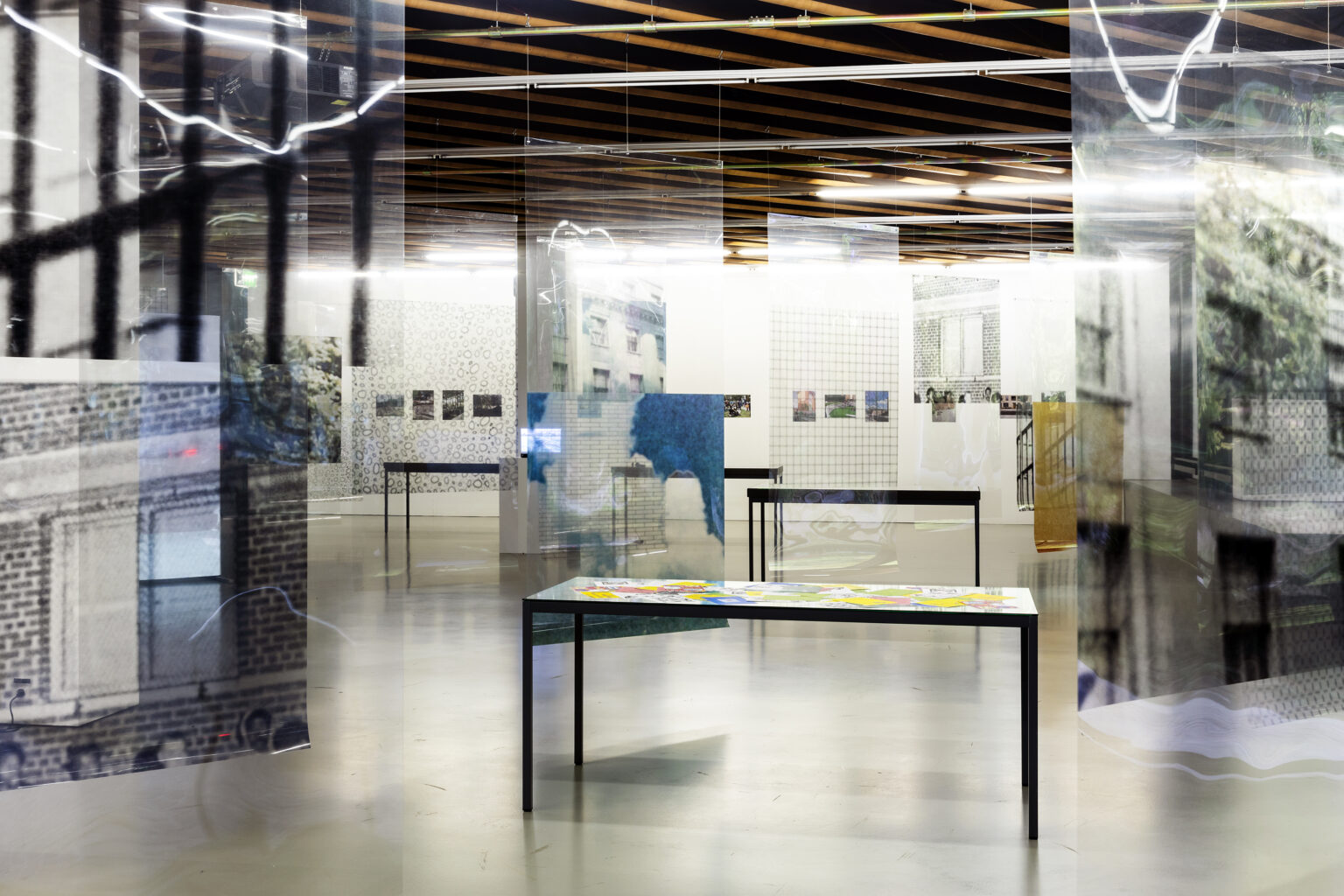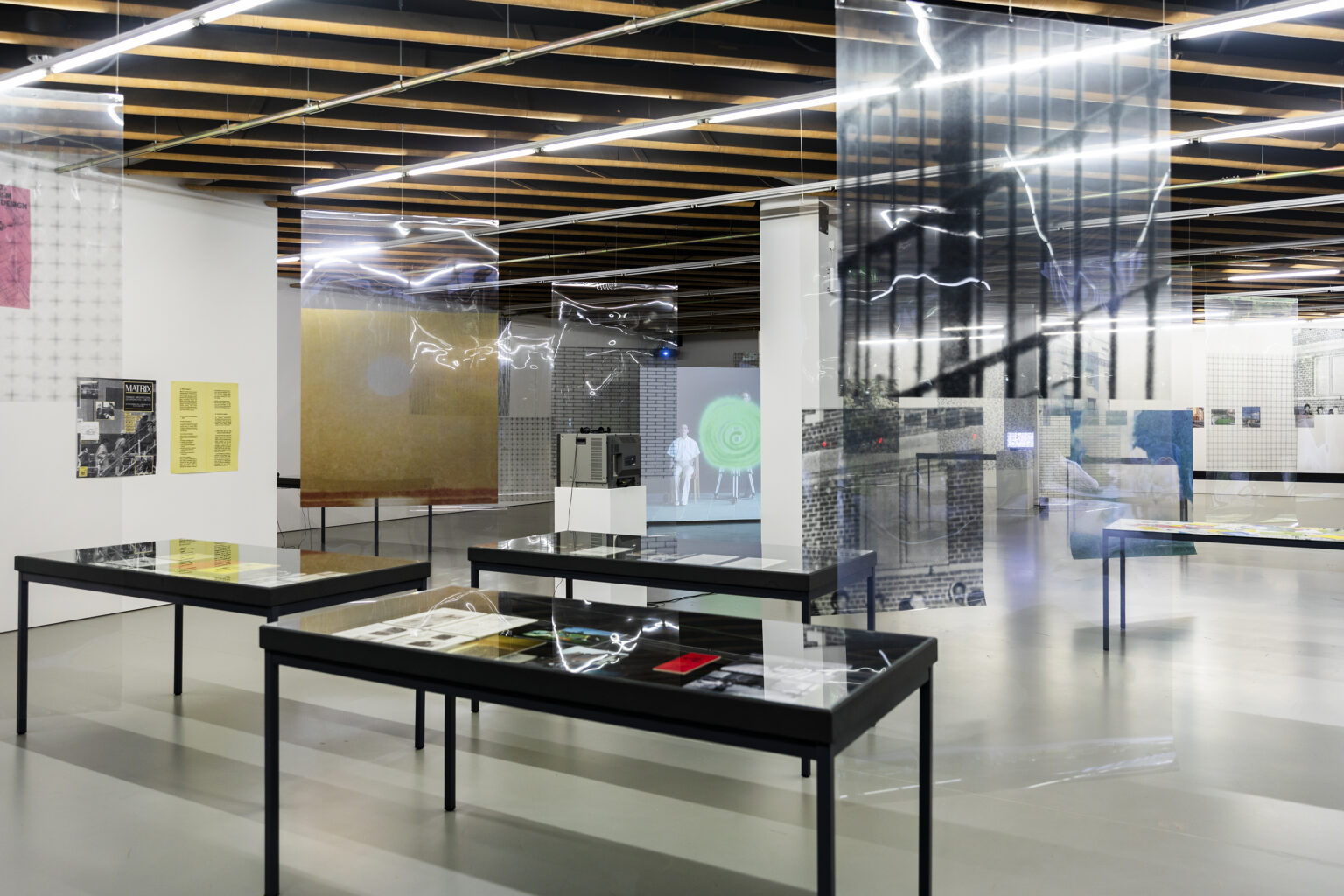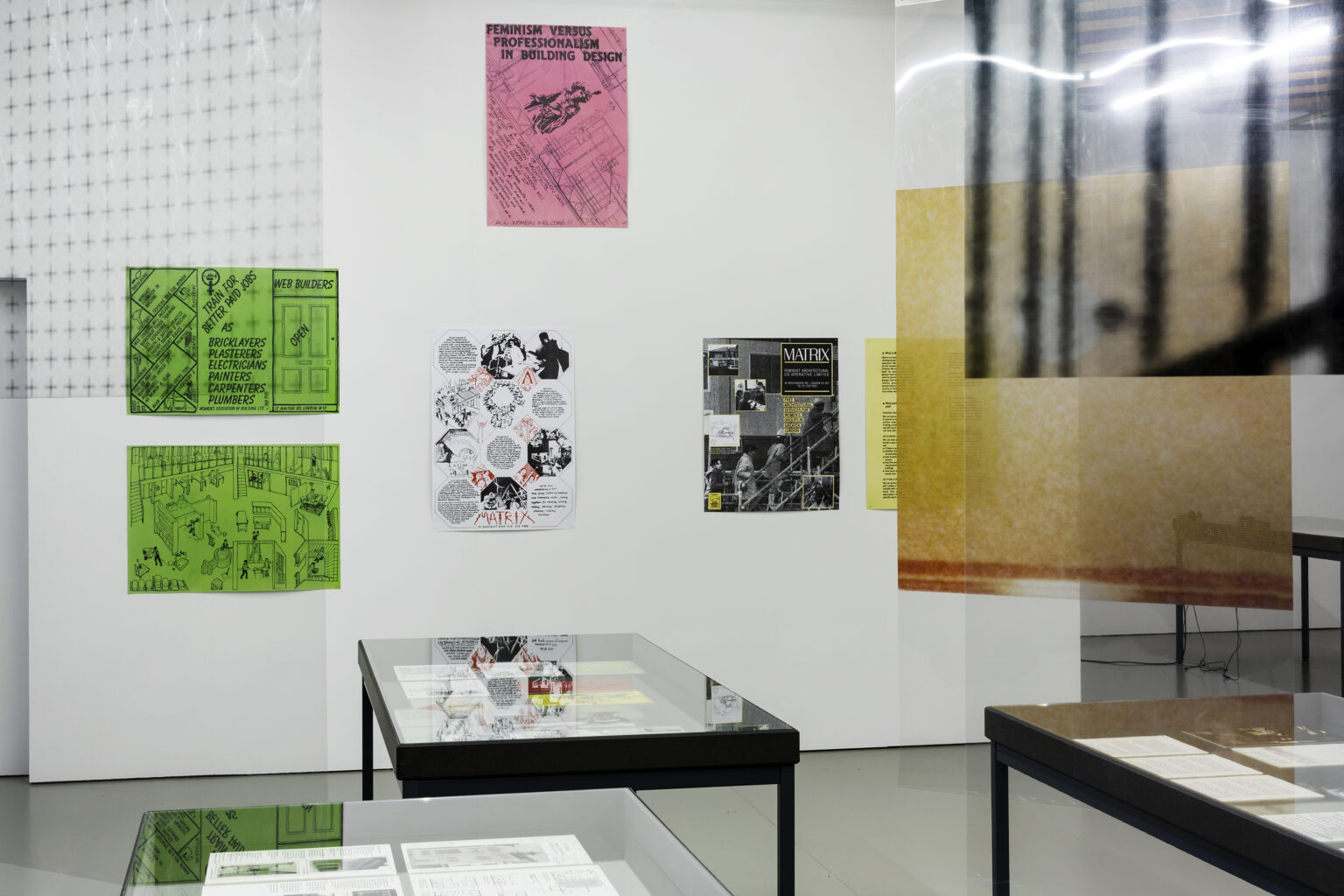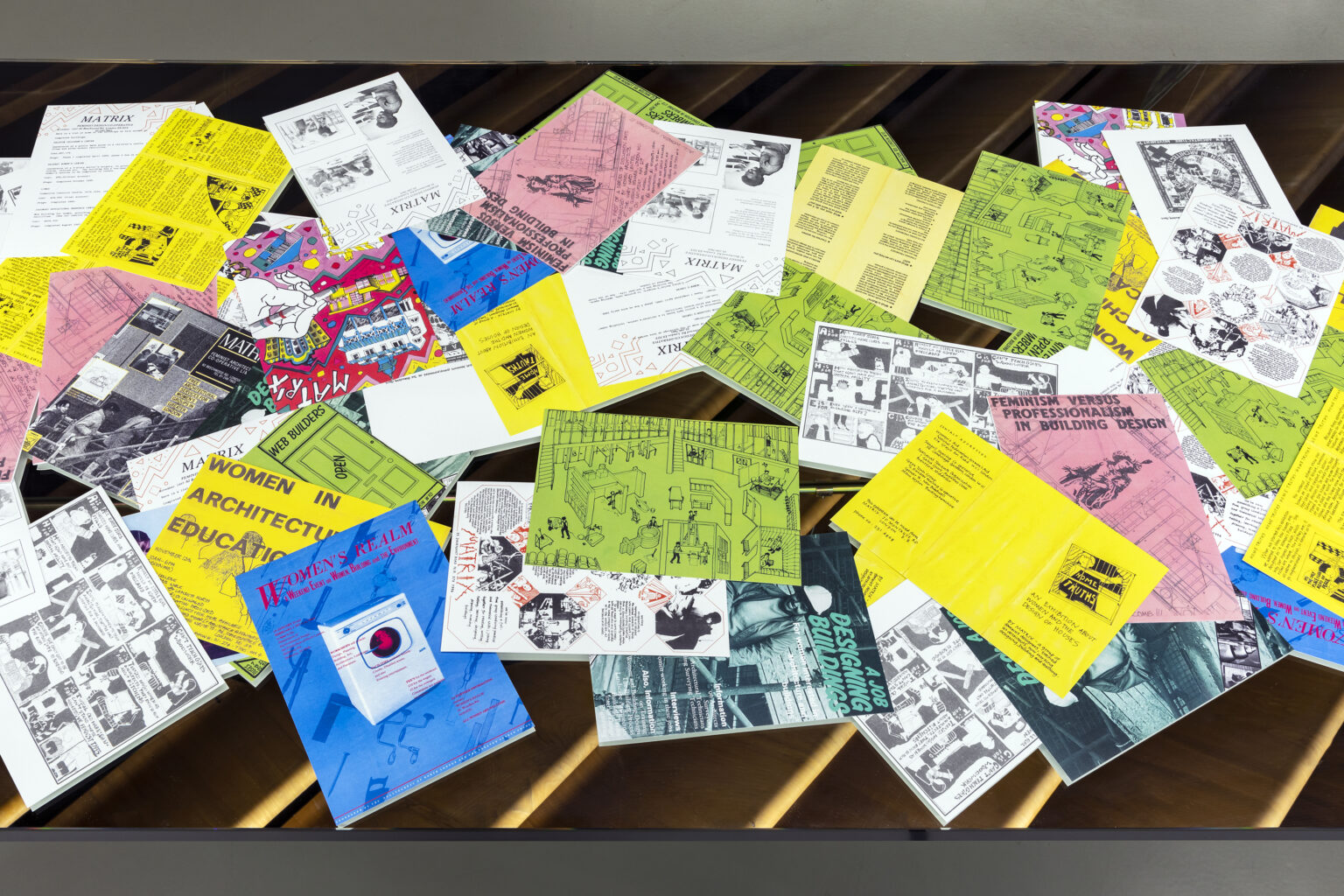Space as Matrix
by
13 December, 2022
Understanding space as matrix is to underline space as a complex layering of ever-changing social relations. It is to disrupt the normalcy of some, whilst not necessarily stressing other or new conditions under which these social relations arise – rather altering the terms on which they are founded.
Matrix Feminist Design Co-operative, Ursula Mayer,
muf architecture/art, Morgan Quaintance, Susana Torre, Heresies
The exhibition Space as Matrix, which took place from 28th September to 9th December 2022 in the gta exhibition space at ETH Zurich, brought together artists and architects who stand against a hierarchisation of space and the relations within it. On several levels, they contest how space is normally shaped, who it is shaped by, and who it is shaped for. Their fields of action range from acting outside required building specifications to working together with users on design processes to – more fundamentally – breaking with generic representations of space and the collapsing divisions between architect and user, artist and viewer, academia and lived experience.
Four events were held during the course of the exhibition, descriptions below. At the same time, Madame ETH acquired a Space as Matrix book list for her Kiosk K67, from which this collection is composed.
A Journey Around Space As Matrix
Four Events
Workshop/Feminist Economies in Architecture
The Alternative School of Economics & muf architecture/art
Led by The Alternative School of Economics in collaboration with muf architecture/art, this workshop explored what a feminist approach to making architecture might look like from the perspective of resources and relationships. Drawing on the idea of ‘Radmin’ (Radical Admin – pioneered by artist and feral economist Kate Rich), participants collectively defined the elements of a feminist budget, such as resources, organising, hierarchy and time.

Feminist Economies in Architecture Workshop
Participants responded to the following provocations:
The project involves displacing a charity supporting women who are victims of domestic abuse. What will you do?
Your client specifies a high percentage of capital spend, but you need revenue for community engagement. What will you do?
You and your staff are working 14-hour days to meet the deadline. What will you do?
A major funder/donor to the project are known arms dealers. What will you do?
Screening/Morgan Quaintance & Heresies
The second event was a screening with works selected by Morgan Quaintance, whose piece Another Decade (2018) was on view in the exhibition Space as Matrix. Morgan Quaintance is a London-based artist and writer. His moving image work focusses on social histories and their reverberations in the present, often confronting the past in filmic montages combining archival material and new footage. The screening programme compiled by Quaintance included Rollostraat 18 (2021) from his ongoing series Miniatures – shorts all under four minutes long that depart from Quaintance’s usual essayistic work to visualize a concept or an idea, a note, more intuitive in method and quick in production.
After the programme by Quaintance, there was a screening of the documentary The Heretics (2009) by Joan Braderman on the collective of artists, writers and architects including Lucy Lippard, Miriam Schapiro, Su Friedrich, Joan Snyder and Susana Torre – whose work is exhibited in Space as Matrix – that ran the journal Heresies: A Feminist Publication on Art and Politics (1977-92).
Incidental Readings/Legends in Space
Maria Fusco with Women Writing Architecture
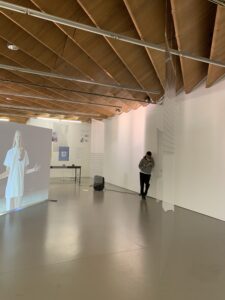
In four time slots throughout the day, Maria Fusco held live, remote readings for a small audience. Taking place within the exhibition Space as Matrix, Fusco’s voice occupied the space temporarily, performing an intimacy, an immediacy that is a vital part of her writing practice. The protagonists of this performance are the speaking as well as the listening body. Fusco read four “legends” from Legend of the Necessary Dreamer, adding more pockets of real and fictional time to the already layered structure of the book, and the space of the exhibition.
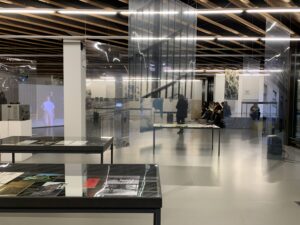
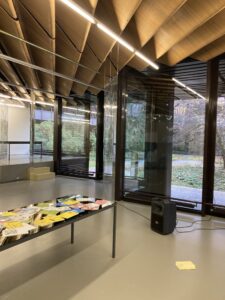
‘A modest epic written in real-time, Maria Fusco’s Legend of the Necessary Dreamer records some weeks in June 2013 when her narrator went every day to Lisbon’s Palácio Pombal in order to write about it. But ‘it’, of course, isn’t only the building, but the wraparound sensual act of perceiving. As she writes, I am trying to turn myself into a recording device…. Fusco’s book examines what it means not just to look, but to think, feel and remember. Legend expands the bounds of discursion. It’s a new classic of female philosophical fiction.’
Chris Kraus
Talk/Building feminism
Jos Boys (Matrix Feminist Design Co-operative) & Sol Pérez Martínez
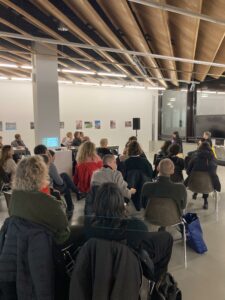 Jos Boys, one of the founders of Matrix Feminist Design Co-operative, a collective active in the 1980s in London and whose practice was exhibited in Space as Matrix, was in conversation with Sol Pérez Martinez, member of WoWA (Women Writing Architecture), Group Hultzsch, a research group at the Institute of Theory and History of Architecture at ETH Zurich. Boys and Pérez Martínez discussed Matrix’s practice, determined by a flat organizational structure, intersectional principles and collaborative methods, their legacy today as well as their influences, including the work of architect, critic, and educator Susana Torre whose text, Space as Matrix, formed the theoretical framework of the exhibition.
Jos Boys, one of the founders of Matrix Feminist Design Co-operative, a collective active in the 1980s in London and whose practice was exhibited in Space as Matrix, was in conversation with Sol Pérez Martinez, member of WoWA (Women Writing Architecture), Group Hultzsch, a research group at the Institute of Theory and History of Architecture at ETH Zurich. Boys and Pérez Martínez discussed Matrix’s practice, determined by a flat organizational structure, intersectional principles and collaborative methods, their legacy today as well as their influences, including the work of architect, critic, and educator Susana Torre whose text, Space as Matrix, formed the theoretical framework of the exhibition.

